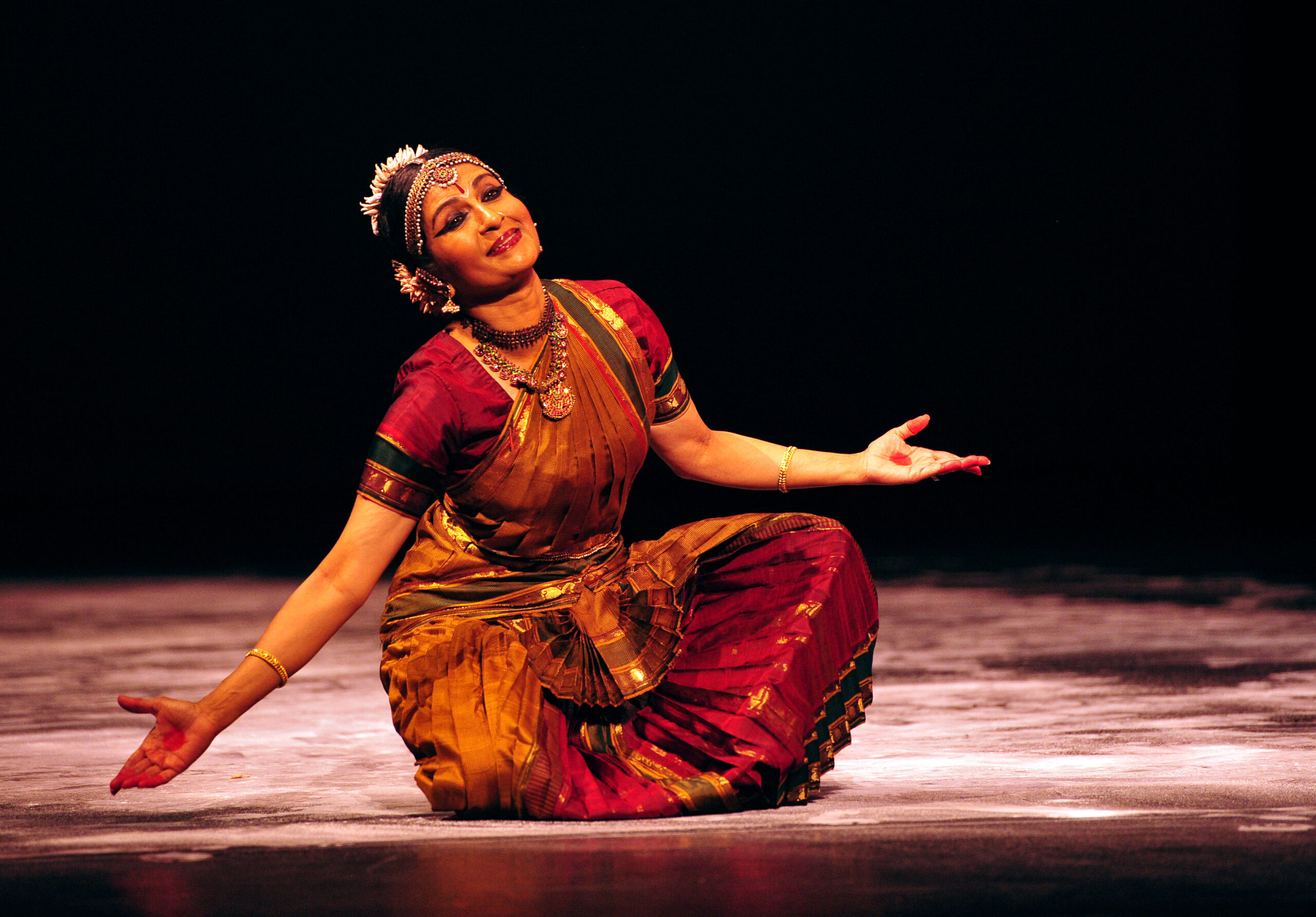Golden Age: Dance Traditions That Revere Their Elders
When Ragamala Dance Company performs Fires of Varanasi, two things stand out: the work’s innovative approach to the classical Indian form bharatanatyam and the commanding performances of company co-directors Aparna and Ranee Ramaswamy, who after decades onstage are dancing at the top of their field. “At 40, [bharatanatyam dancers] are still considered young,” says Ranee, 71.
Much of the Western dance world prizes youth. But some dance traditions, including classical Indian dance, flamenco, and tap, value the gifts of the older dancer. Unlike contemporary dance and ballet, which tend to prioritize skills that erode as we age—extreme flexibility, buoyant jumps—these practices enlist skill sets that develop and deepen over time. And their communities support long performing and teaching careers.
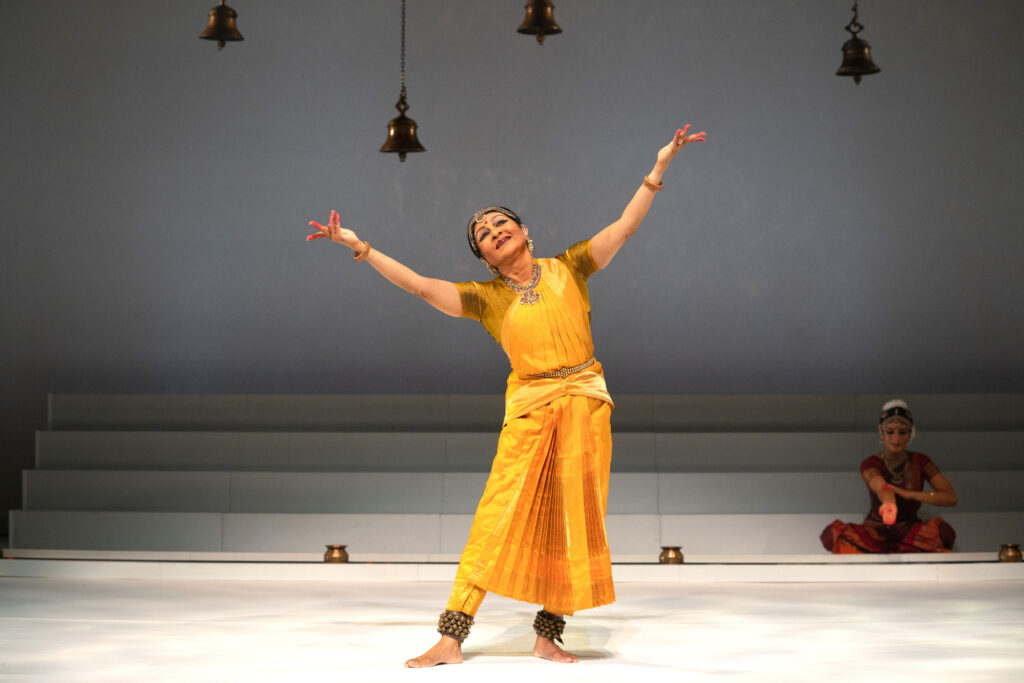
A Different Type of Virtuosity
Flamenco, classical Indian dance, and tap “are all percussive forms, where the virtuosity is not about lifting your leg or your body into the air,” says Maura Keefe, an associate professor of dance and director of the School of Theatre, Dance, and Performance Studies at the University of Maryland, College Park. Musicality, another ability that is less dependent on the body and that develops through time, also plays a crucial role in percussive styles.
And storytelling, which involves a large palette of expression that goes beyond the physical vocabulary, lives at the center of these multifaceted traditions. Bharatanatyam, for example, requires a deep understanding of the mythology, poetics, music, literature, and language that the dances are based on. “There’s so much research involved,” says Ranee Ramaswamy. “These are deep stories that involve deep communication. It’s a layered process.”
Gabriela Estrada, a flamenco scholar and choreographer and assistant professor of dance at University of Houston, says the essence of flamenco resides in its actitud, or attitude. “Its rhythm, its legacy, its humanity, its warmth, its opportunities to listen to the deepest thoughts conveyed in the cante [singing]—it is about the essence of humanity, the deepest emotions from the heart and soul of the people,” says Estrada, who is in her 50s. “It’s ageless.”

For tap legend Brenda Bufalino, who at 86 keeps an active schedule of performing and teaching, developing her relationship to her audience has been her life’s work, inspired by her longtime mentor and friend Charles “Honi” Coles. “Tap is storytelling,” she says. “We carry history, we like to hear stories and tell stories, and you need a little age on you to tell a good story.”
A History of Respect
It’s not coincidental that many of the traditions that revere older dancers developed in social settings, rather than formal dance studios and theaters. “We have to consider the community roots of these forms,” says Keefe. “Flamenco and tap are participatory dances, where it’s not an exception to have older performers.” Elders have always been part of these traditions as teachers, performers, and mentors.
“Spanish dance comes from community dance, so the different members of the community, the younger and older, would be present,” says Estrada. “It’s not about a dancer in front of a mirror. It’s about people sharing experiences.” (Estrada recalls the Spanish dancer Antonio Gades’ famous saying: “Flamenco is for everyone.”)
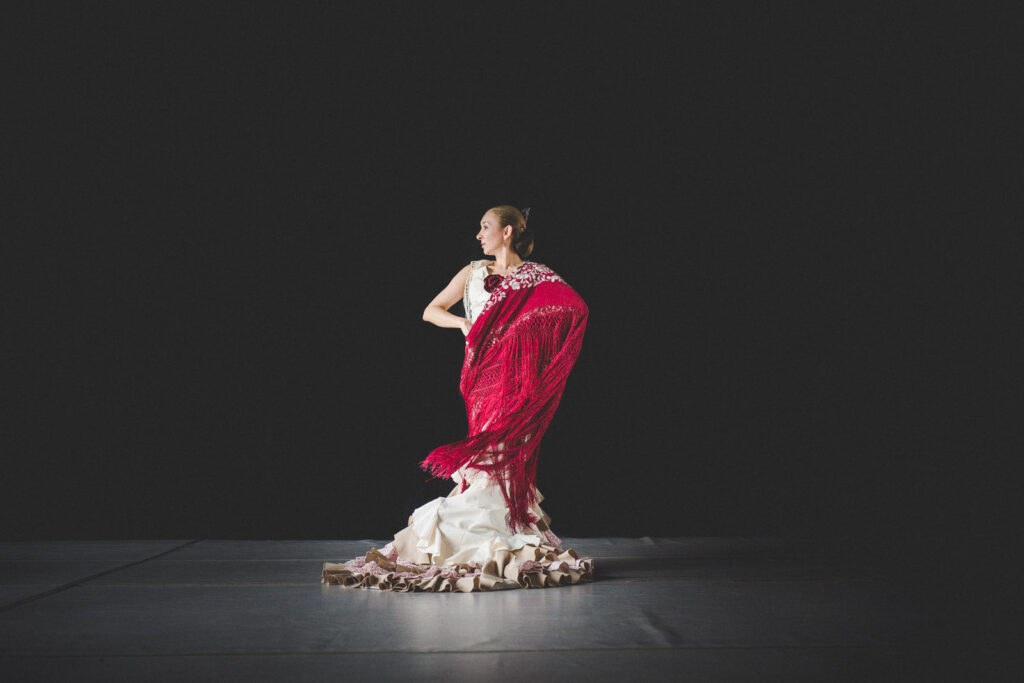
Bharatanatyam’s ancient roots are in courts, salons, and temples of South India. “Respecting our elders grew over generations,” says Ramaswamy. “The Indian culture respects elders; age is associated with wisdom.” It is not unusual to see classical Indian dancers well into their 60s commanding full audiences for their solo shows, like Alarmél Valli, Ramaswamy’s legendary teacher.
Tap, says Bufalino, “is a multigenerational community.” She believes her longevity stems from her endless curiosity about the form itself. “There is just so much to learn,” she says. “The form is so difficult to master, we don’t reach our peak at 19 or 20—more like our late 40s. I was considered young until I was 60.”
Accommodating the Older Body
Even dance traditions that are friendlier to older bodies are still quite strenuous, as is the life of a touring artist. For Estrada, the key includes thinking strategically about dynamic alignment, movement efficiency, and the balance between strength and flexibility. Flamenco’s emphasis on the nuances of the upper body also means the form is more doable for older dancers, particularly women. “Traditionally women would dance from the waist up and men from the waist down, with women focusing on the expressiveness of the upper body through the braceo [movement of the arms] and the floreo [movement of the hands],” says Estrada.
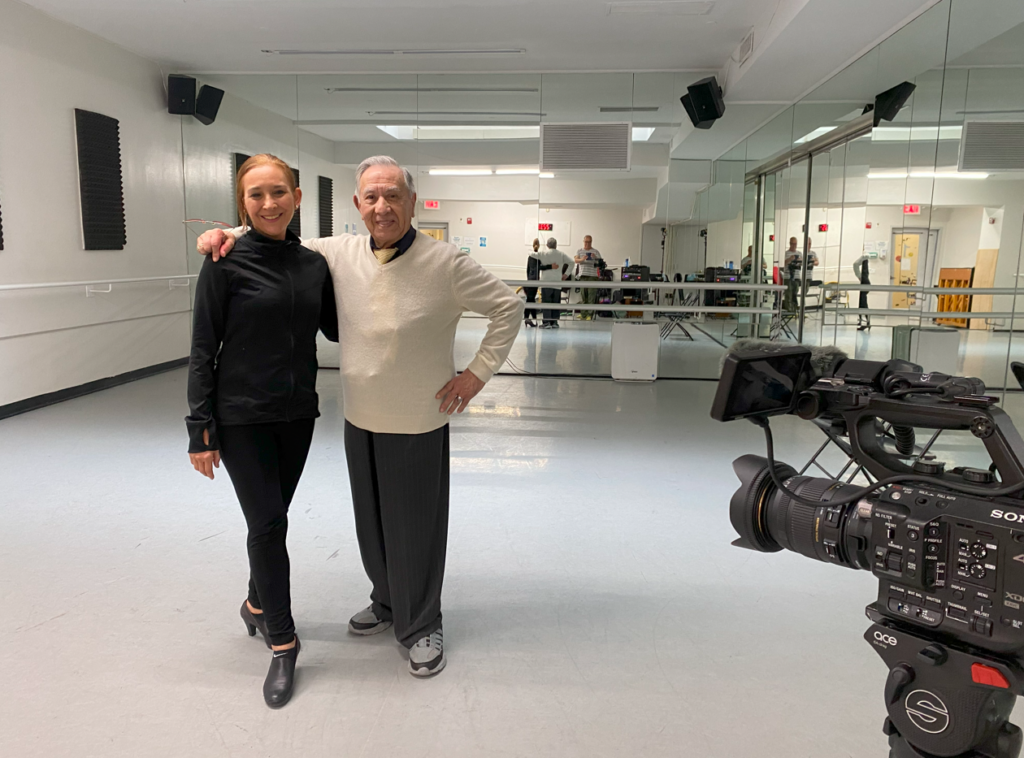
Bufalino is going strong presenting her one-woman shows, but acknowledges there are physical limitations. “Performing is the easy part. I bring something wonderful to my audience,” says Bufalino. “It’s the practicing that’s difficult.” She handles tap’s demands by applying her energy strategically. “I can dance as fast as anyone, but I don’t do it using effort,” she says. “It’s always fluid and it’s always musical.”
Ramaswamy combines hot yoga, Pilates, and walking with daily dance practice in her home-based studio. She made a decision in 2020 to shift how she approaches performing. “I wanted to focus on the expressive aspect of the work, which deals with emotions,” she says. “Acting improves with age.”
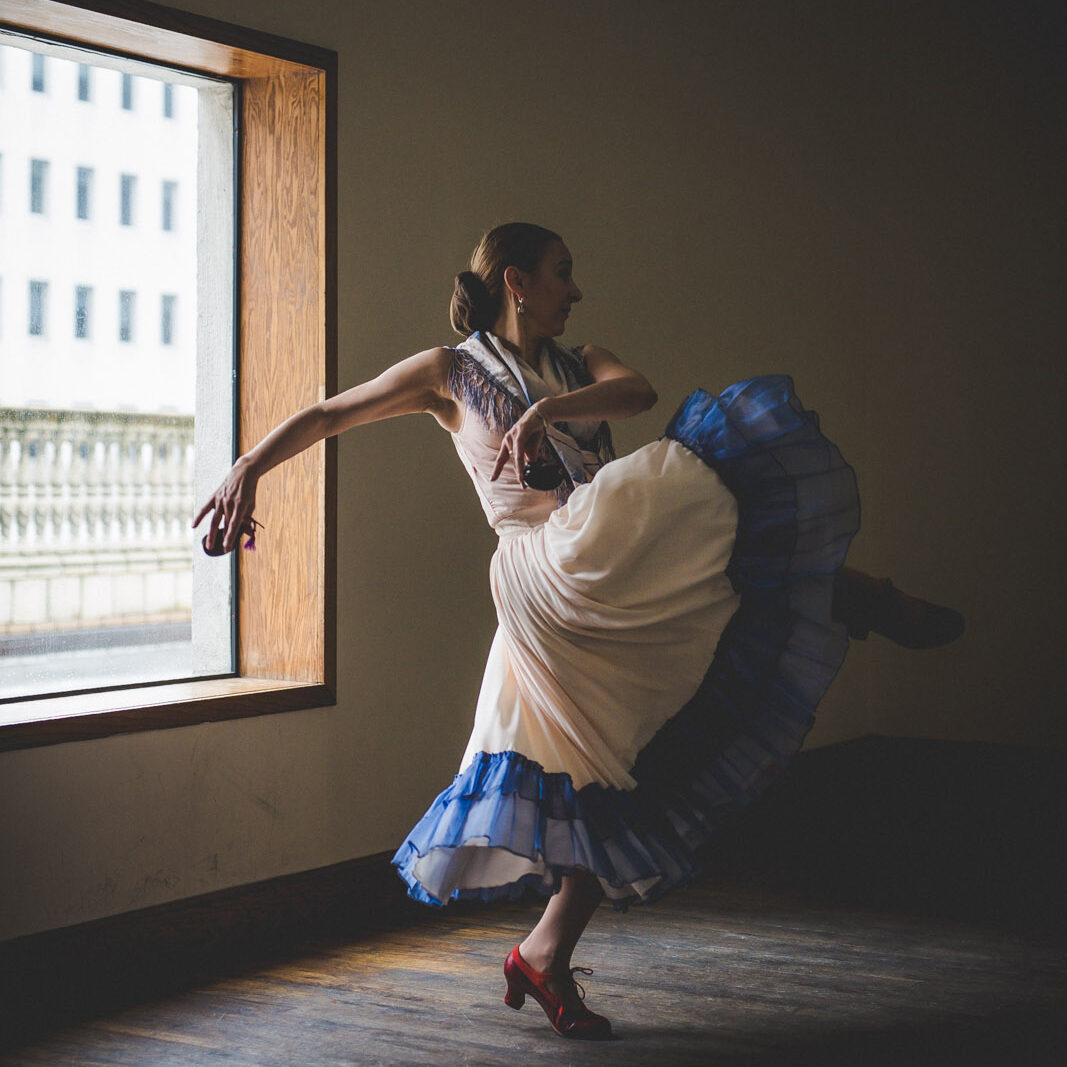
Like flamenco, classical Indian dance also emphasizes the expressive power of the hands and arms. With bharatanatyam’s 28 single-handed gestures and 24 double-handed gestures, Ramaswamy has an ocean of possibilities to explore in her hands alone. She intends to continue performing in the coming years while also actively participating in the creation and choreography aspects of the work.
Any form that embraces older dancers benefits from their deep wells of emotional intelligence—the wisdom and nuance that can only come from a life fully lived. “It takes a long time,” Keefe says, “to become an artist.”
